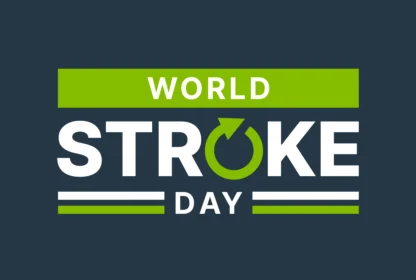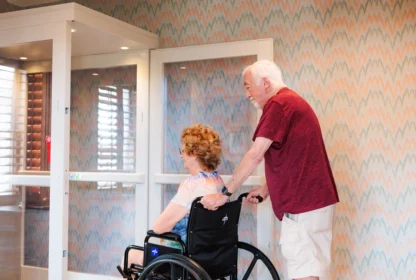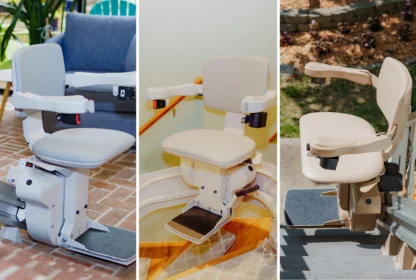Understanding Strokes and the Promise of Tomorrow: F.A.S.T. Knowledge Saves Lives

Every year, on World Stroke Day, it becomes imperative to raise awareness about a condition that many of us believe is distant and unlikely. The truth, however, can be startling: strokes can happen to anyone, at any age. Globally, about one in four adults over the age of 25 will experience a stroke in their lifetime. Despite this alarming statistic, most adults in the U.S. remain unaware of the F.A.S.T. warning signs of a stroke.
There are primarily three kinds of strokes, each with its causes and characteristics:
- Thrombotic Stroke: Caused when a clot forms in one of the arteries that supply blood to the brain.
- Embolic Stroke: Caused when a blood clot or debris forms elsewhere in the body (like the heart) and travels to the brain.
Understanding these distinctions is crucial as the treatment approach can vary depending on the type of stroke, and immediate medical attention can significantly increase the chance of recovery.
F.A.S.T. – The Lifesaving Acronym
The acronym F.A.S.T. is a tool designed to help remember and recognize the early warning signs of a stroke:
F (Face): Ask the person to smile. Does one side of the face droop?
A (Arms): Ask the person to raise both arms. Does one arm drift downward?
S (Speech): Ask the person to repeat a simple sentence. Is their speech slurred or strange?
T (Time): If you observe any of these signs, it’s time to call 911 immediately.
Recognizing these signs and acting quickly can mean the difference between recovery and long-term disability, or even life and death.
Prevention: The Best Cure
Most of us have heard the saying, “Prevention is better than cure.” This holds incredibly true for strokes. Factors like high blood pressure, smoking, diabetes, and obesity significantly increase the risk of a stroke. Lifestyle changes, like a balanced diet, regular exercise, limited alcohol intake, and avoiding smoking, can drastically reduce this risk.
The Role of 101 Mobility in the Journey of Recovery
While awareness, prevention, and timely medical intervention are paramount, the journey after a stroke often involves overcoming physical and emotional challenges. This is where 101 Mobility plays a crucial role.
Rehabilitation post-stroke aims to help individuals regain independence and improve their quality of life. Many stroke survivors face mobility challenges, ranging from muscle weakness to complete paralysis on one side of the body. For some, everyday activities like walking, climbing stairs, or simply moving around their home can become daunting tasks.
At 101 Mobility, we understand these challenges deeply. Our mission is to provide mobility and accessibility solutions tailored to each individual’s unique needs. Here’s how we can assist stroke survivors:
Personalized Mobility Solutions: Every stroke survivor’s mobility needs are unique. Whether it’s a stairlift to navigate floors or a wheelchair ramp for easier access in and out of a home, we provide tailor-made solutions to ensure maximum comfort and safety.
Home Accessibility Assessments: Our trained professionals can visit homes to conduct comprehensive assessments, ensuring that every corner of a living space is accessible and safe.
Continuous Support: Recovery is an ongoing process. As mobility needs evolve, we’re here to support, adjust, and provide the right tools to ensure constant comfort and independence.
Educational Resources: Beyond physical tools, we believe in empowering stroke survivors and their families with knowledge. Our resources guide individuals through the recovery journey, ensuring they make informed decisions every step of the way.
Community and Connection: 101 Mobility is not just a service; it’s a community. We connect stroke survivors with a network of peers, providing emotional support and a platform to share stories, challenges, and triumphs.
Towards a Brighter Tomorrow
While a stroke can be a daunting and life-changing event, it’s essential to remember that with the right support, recovery, and a return to a fulfilling life, it’s not only possible but probable. By spreading awareness about prevention, recognizing the early signs, and supporting survivors in their rehabilitation journey, we can all play a role in turning the tide against strokes.
At 101 Mobility, we are here to ensure that every stroke survivor walks the path of recovery with confidence, independence, and the promise of a brighter future.


